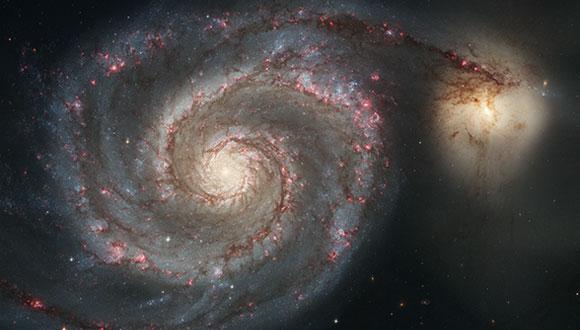Astronomy & Astrophysics Seminar: Stellar rotation and exoplanets obliquity :What can we learn from the Kepler space mission data gold mine?
Prof. Tsevi Maazeh, TAU
Abstract:
Spots on the stellar rotating surface can produce periodic brightness modulation that varies with the stellar rotational period. The Kepler space mission observed more than 150,000 stars continuously for more than four years, producing unprecedentedly precise light curves. We used this data gold mine to derive the rotational periods of more than 30,000 stars.
About a thousand of the Kepler stars with derived rotational periods have been found to have planets orbiting around them. We use this sample and the derived amplitudes of the stellar modulation in particular, to infer some possible evidence for the star-planet obliquity — the angle between the stellar spin axis and the orbital planetary angular momentum. Previous studies found two populations of hot Jupiters — one around cool stars with orbits well-aligned with the stellar rotational axes, and the other around hot stars with isotropic distribution of obliquities, including planets with retrograde motion.
We will show surprising statistical evidence that might support these findings. We will also discuss whether the amplitudes of the cool stars with planets depend on the planetary orbital periods, a dependence that might have some implications for the formation of short-period planetary formation.
Seminar Organizer: Prof. Sara Beck


